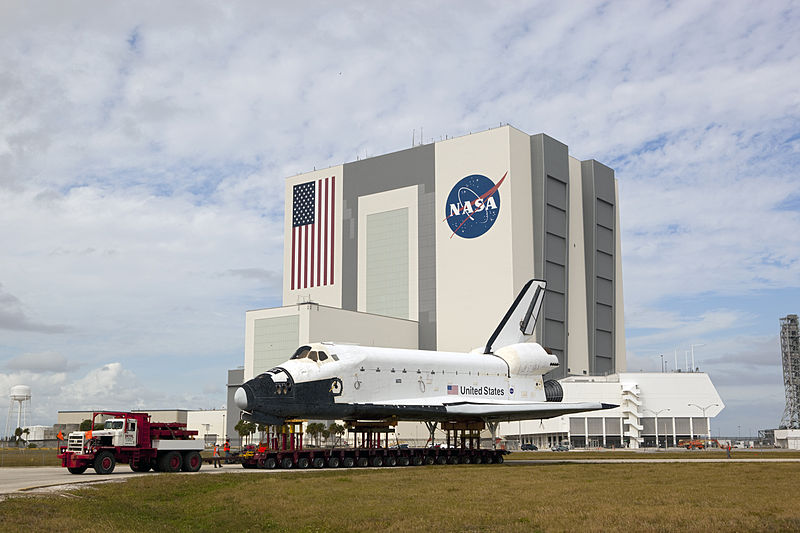
U.S. federal agencies exist to accomplish specific missions; for example, the Department of Defense (DoD) ensures national security, and the National Aeronautics and Space Administration (NASA) explores space. To execute these missions, agencies may develop large, costly systems like aircraft, satellites, or tanks.
To reduce the amount of money spent on these systems, government leaders sometimes establish joint programs so that agencies can collaboratively develop single, shared systems. In theory, joint programs should save the government money because buying one shared system should cost less than buying multiple systems for separate agencies. In practice though, researchers found that joint programs experience larger cost growth than non-joint programs and cautioned government leaders against establishing joint programs in the future. In response, our research explored why joint programs experience cost growth and proposed strategies to prevent those costs.
Many government agencies have used joint programs to produce a diverse set of systems. A famous current joint program is the F-35 Joint Strike Fighter: a Navy, Air Force, and Marine Corps collaboration that could have saved over $50B[1] compared to the acquisition of three separate aircraft, but experienced over $150Bin cost growth instead.[2] Although our research focused on a different type of joint program—weather prediction satellites—our results are agnostic to agency and system type and can therefore be used to understand and prevent cost growth on any joint program. To generate these results, we studied the acquisition history—from program inception to hardware delivery—of several joint programs and integrated political, organizational, and technical perspectives into our analysis.
This analysis generated our proposed Agency Action Model, a framework grounded in theories of bureaucratic politics, organizations, and systems engineering that explains how costs grow on joint programs. In the model, each collaborating agency is a discrete actor motivated by specific institutional interests. Unlike the private sector, profit does not motivate government agencies; instead, agencies are incentivized to maintain autonomy from other government organizations. This means that agencies value their ability to make decisions independently: a capability that is enabled by large budgets, in-house technical expertise, and unique missions that do not overlap with other agencies.
Joint programs — which attempt to shrink agency budgets by integrating agencies’ expertise, missions, and decisions — are therefore contrary to agencies’ institutional interests. If directed to form joint programs, agencies will impede collaboration by taking actions to maintain autonomy. Over the lifecycle of a joint program, agency actions form a zero-sum game: as one agency gains autonomy, another loses autonomy and reacts accordingly. If left unchecked, agency actions and reactions will continue indefinitely and turn a joint program into a bureaucratic battlefield.
Agency actions increase cost by affecting joint organizations and systems. Anytime agencies act or react, the organization’s structure shifts. Our research illustrated how these structural changes propagate throughout a joint organization — from engineers up through agency administrators — and reduce the efficiency and effectiveness of their decisions. Inefficient decisions increase cost by delaying progress. Ineffective decisions increase cost by sub-optimally trading between cost, schedule, performance, and risk. Ineffective decisions also affect the requirements for and the design of technical systems; for example, cost increases when a joint system is designed to meet the super-set of collaborating agencies’ requirements.
As summarized above, by linking agency actions to changes in a joint program’s organization and system, we were able to explain how collaboration induces cost on joint programs. Armed with this understanding, we suggested that cost growth may be prevented by structuring joint organizations and systems to disincentivize agencies from taking cost-inducing actions.
We proposed that the alignment of agency authority, mission, budget, and expertise—again, from engineers up through agency administrators—provides checks and balances that counter agency incentives and actions. Using these basic principles, we then provided specific guidance for government leaders that wish to establish joint programs in the future. More importantly perhaps, our work also illustrated the value of understanding the relationship between technology, organizations, and bureaucratic politics and how the interactions and relationships between those domains can significantly impact program outcomes.
References
- https://www.rand.org/pubs/monographs/MG1225.html
- https://www.gao.gov/assets/700/692307.pdf








